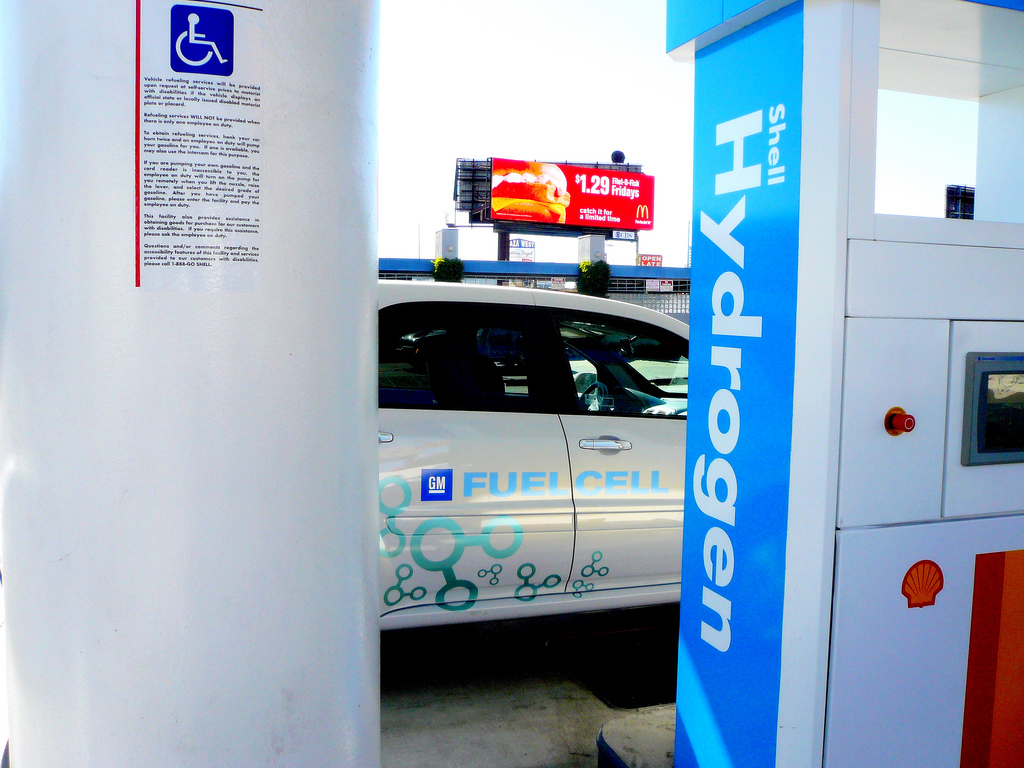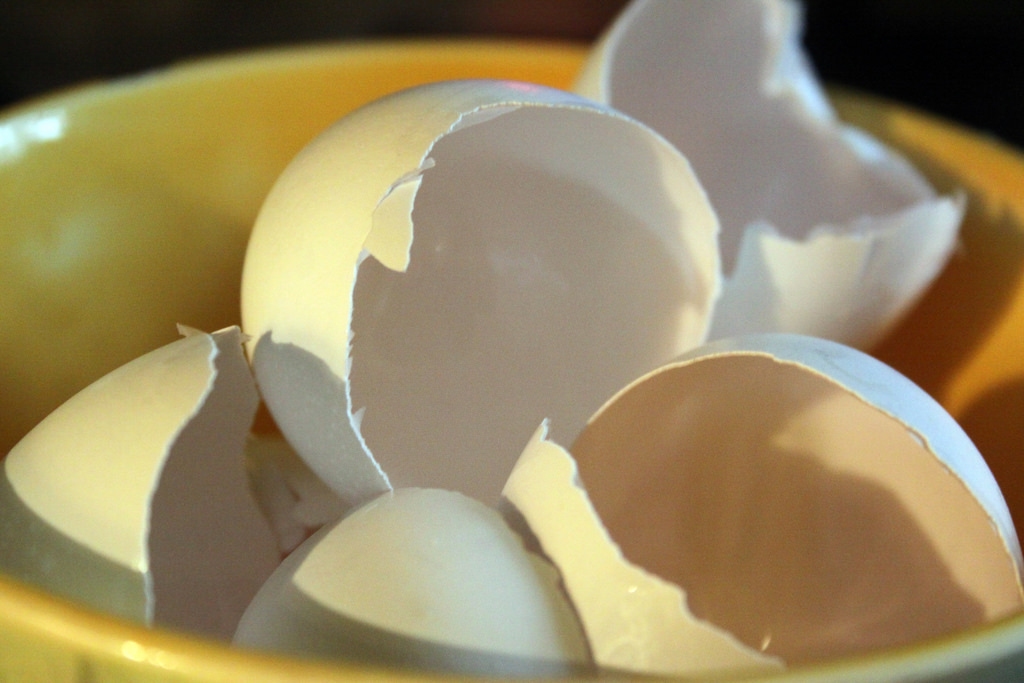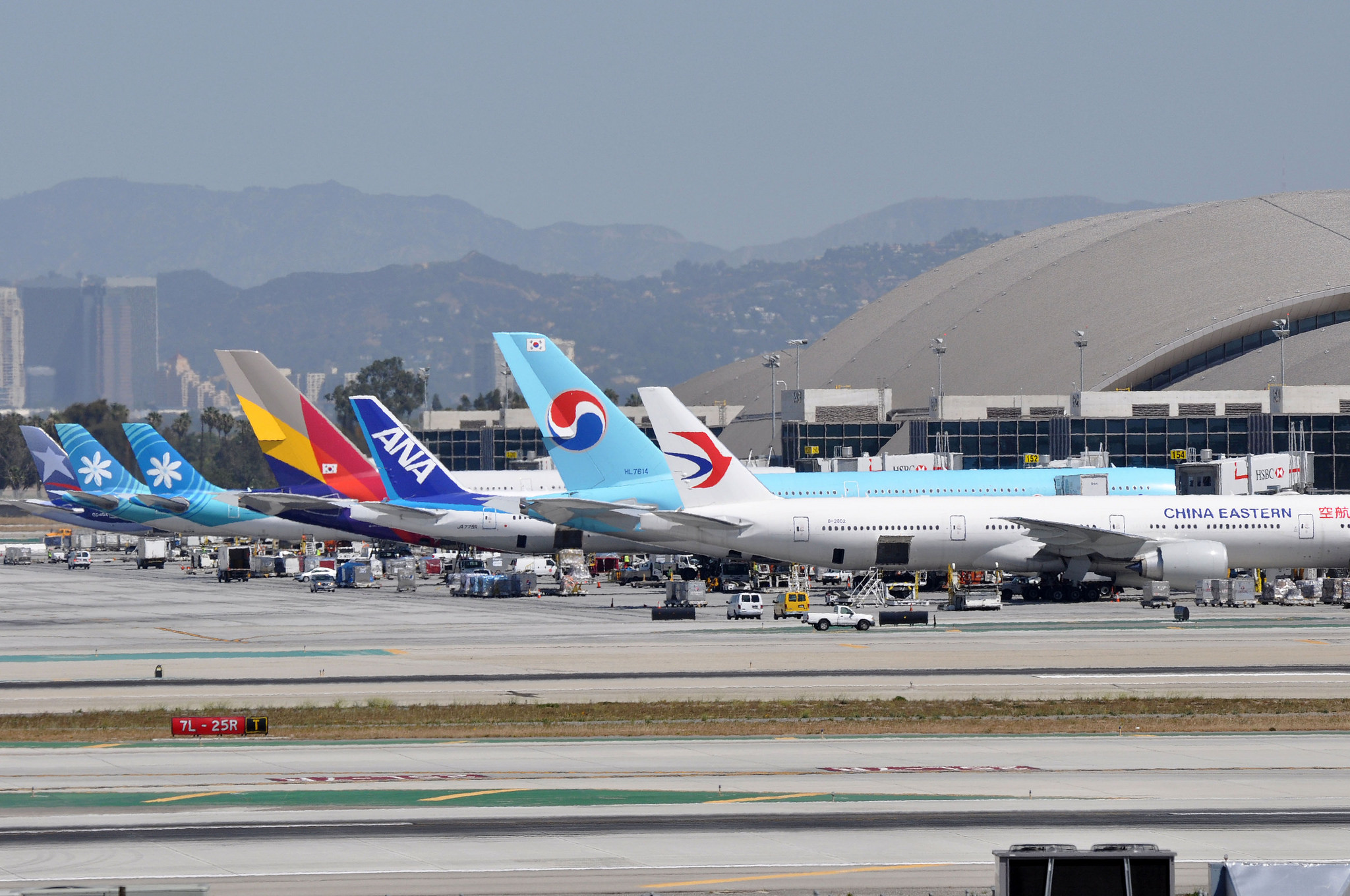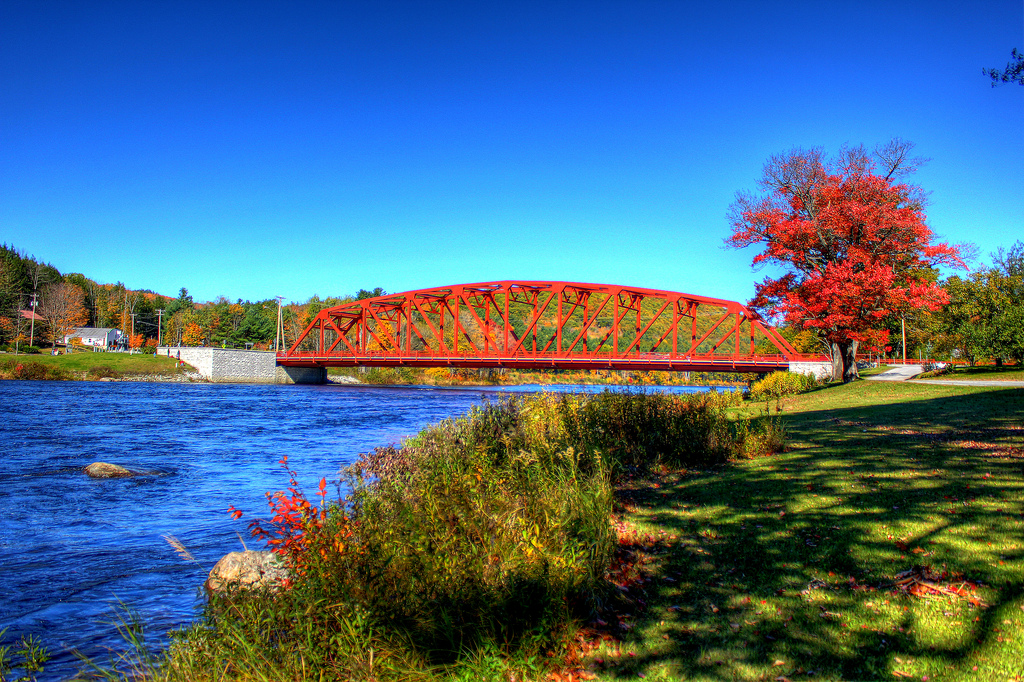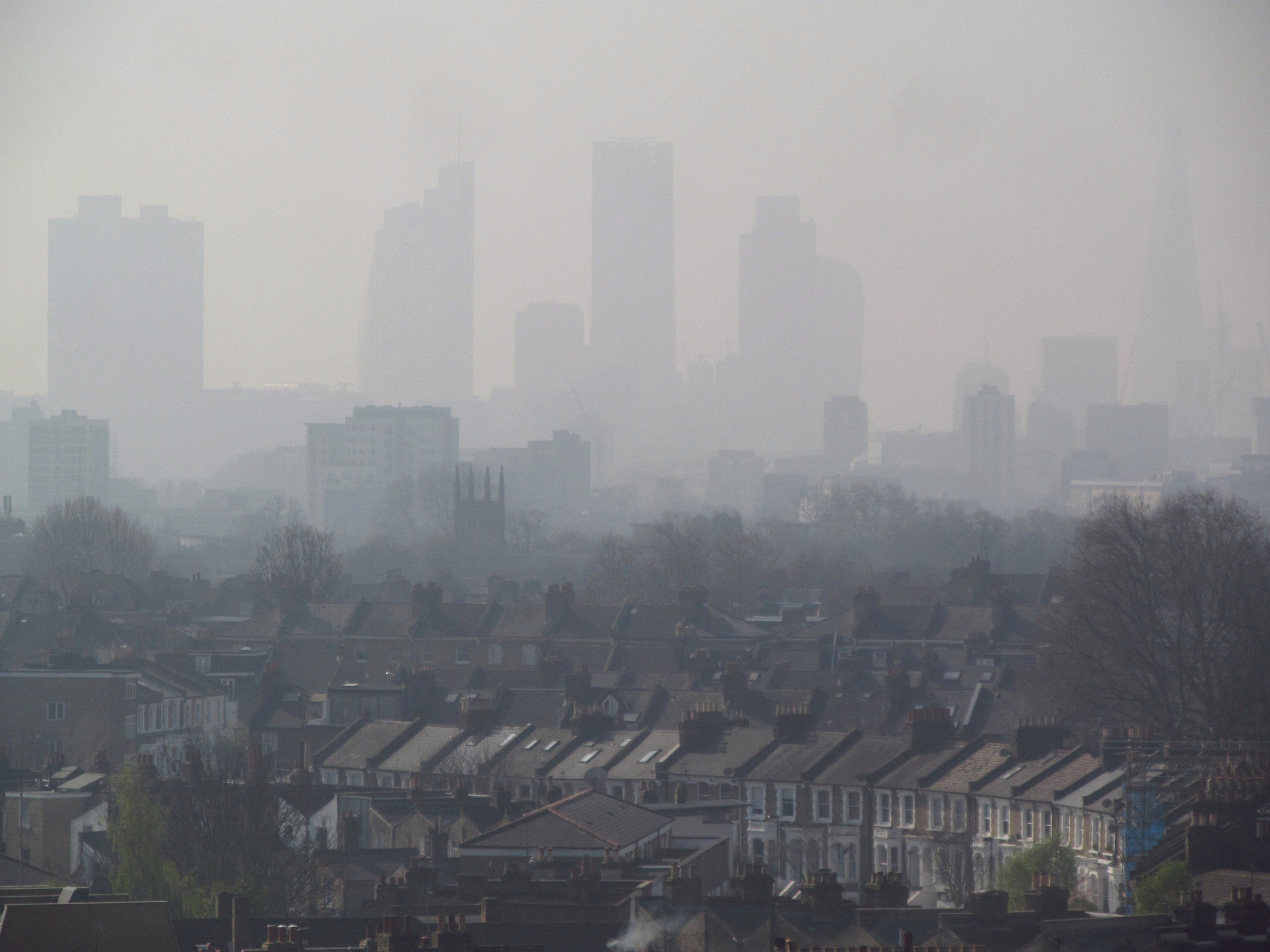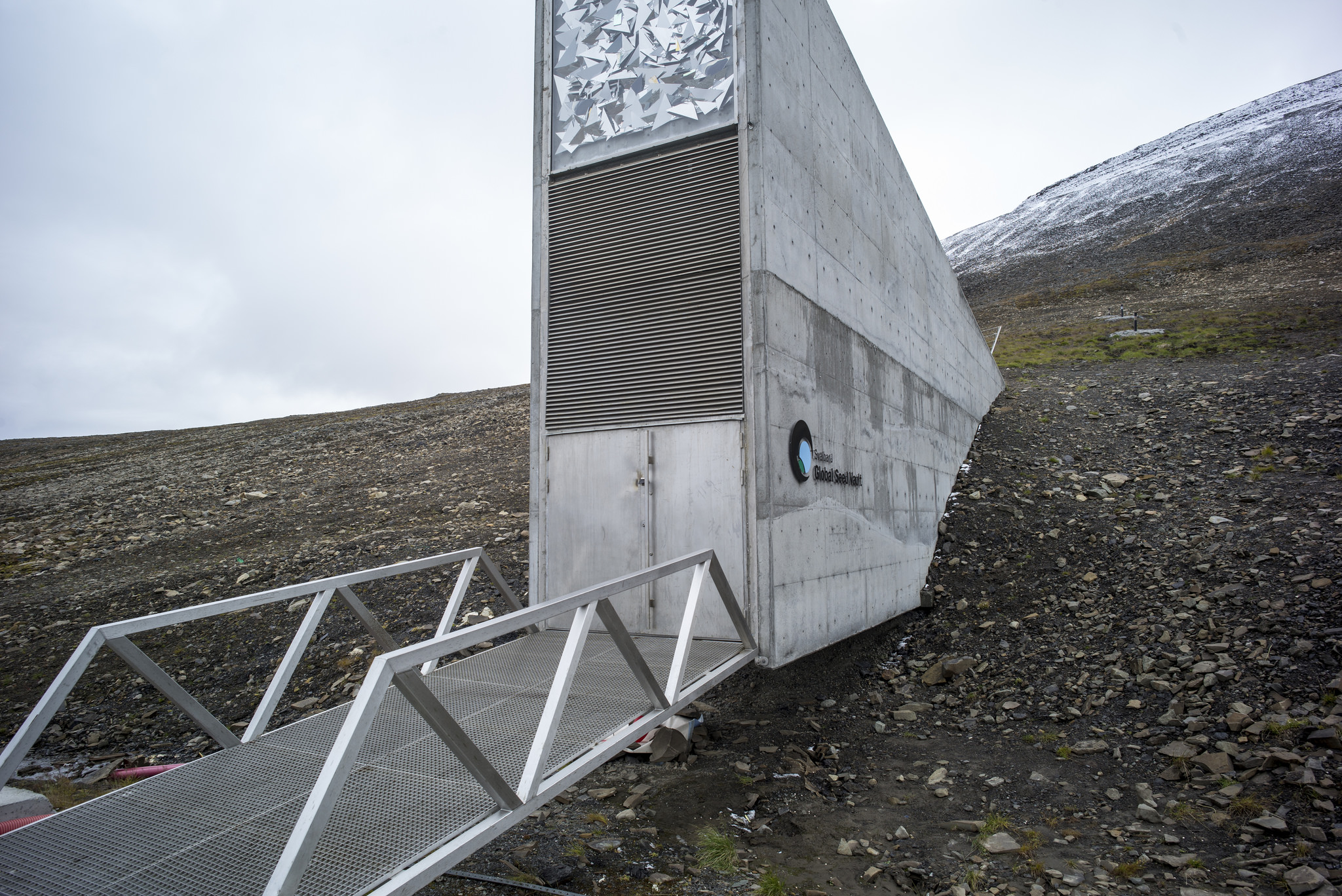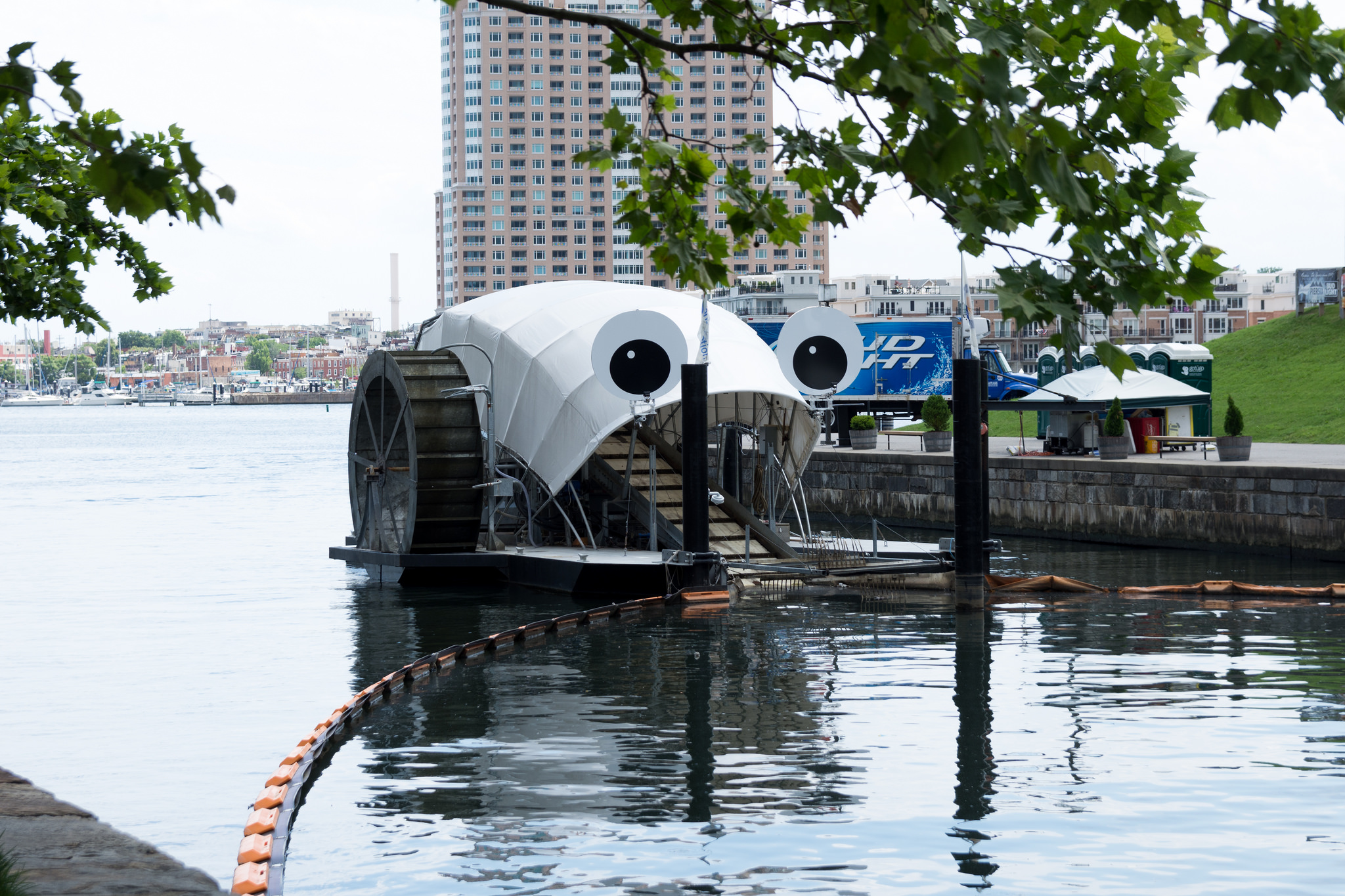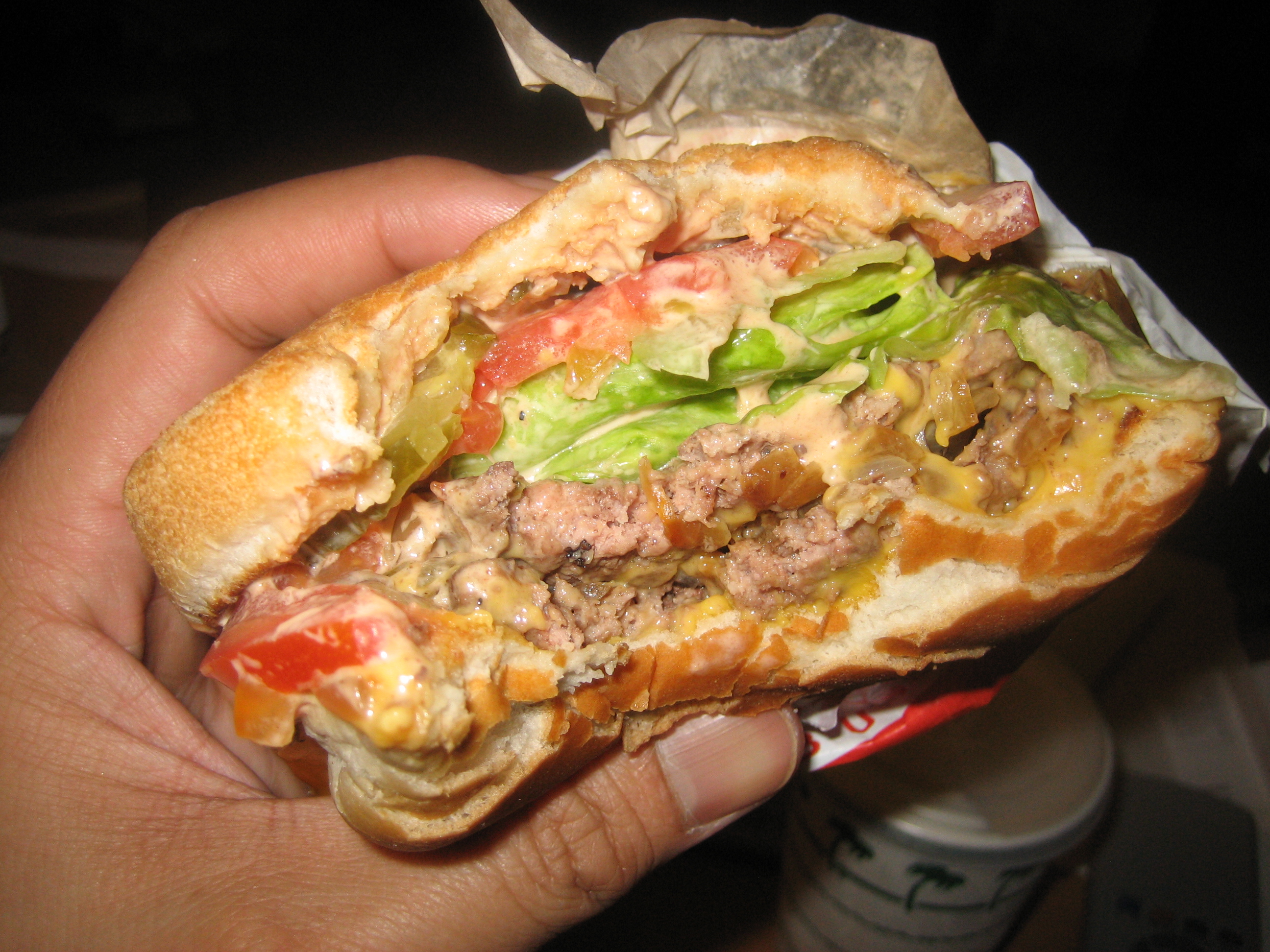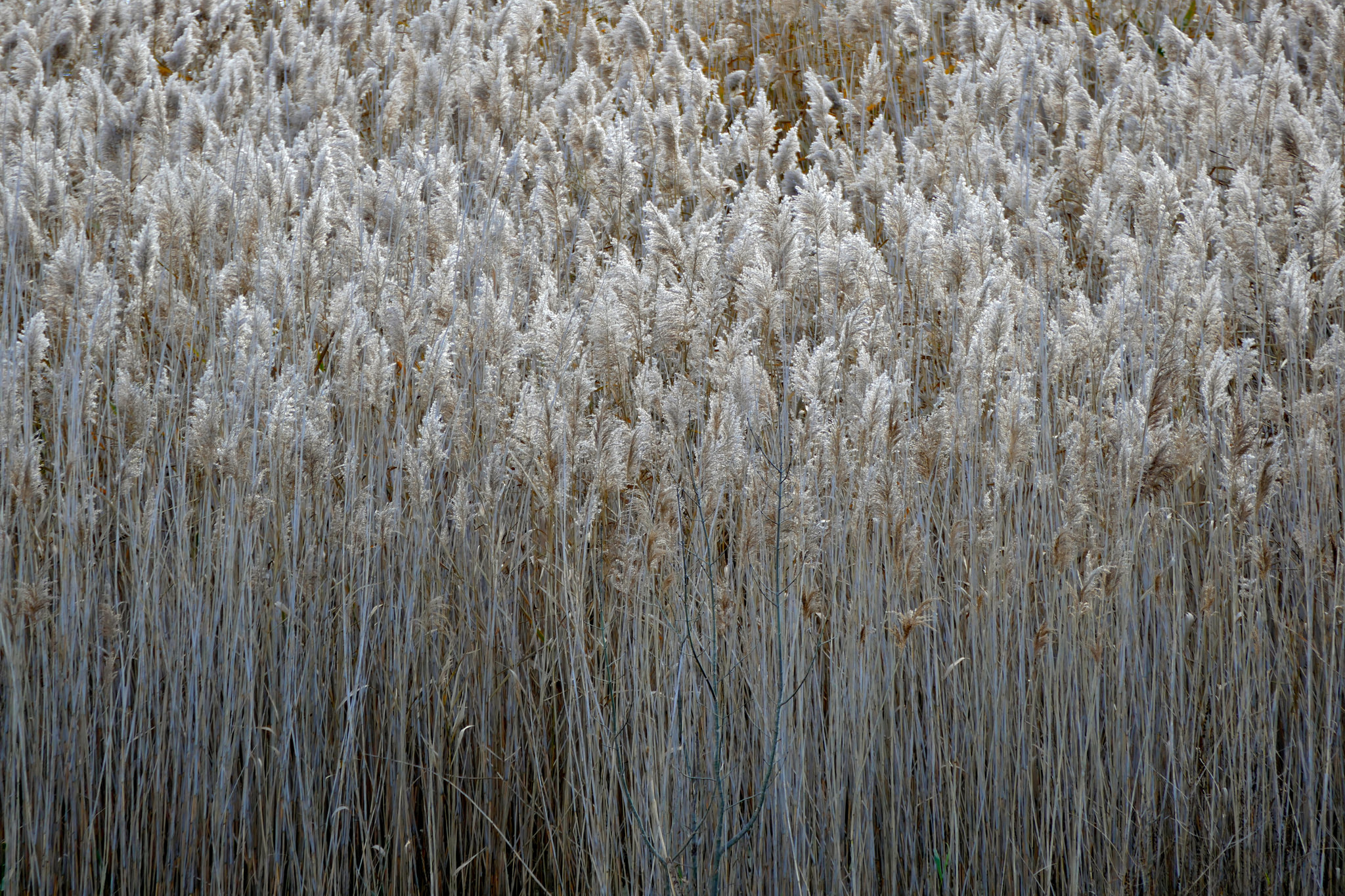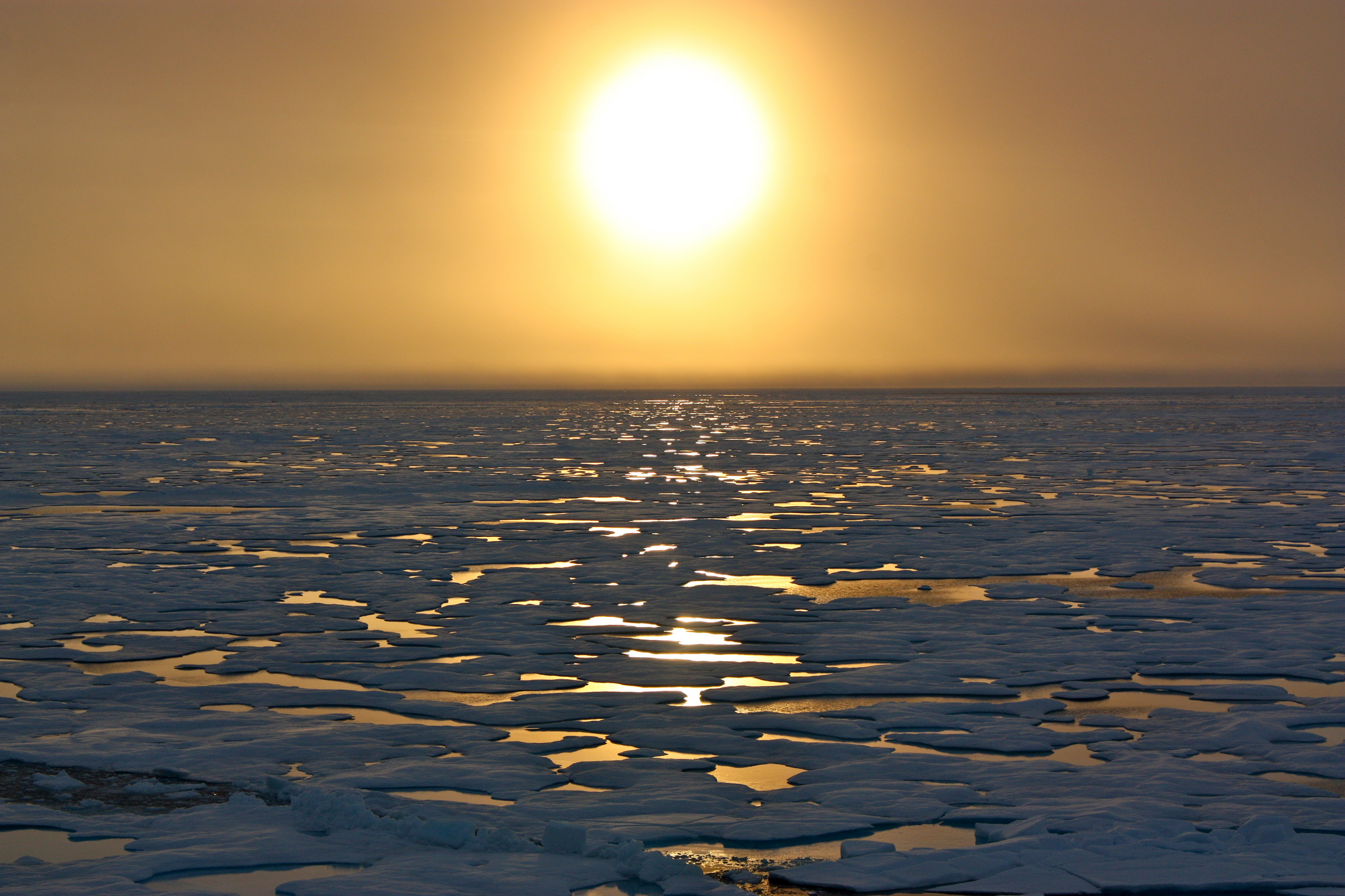Our Environment
The Great Barrier Reef
According to a new paper published in the journal Nature, global warming has damaged huge sections of Australia’s Great Barrier Reef. The authors of the paper warn that the resilience of the reef – which is the world’s largest living structure – is waning rapidly.
Clean Energy In Massachusetts
Despite efforts by the new administration to increase support for fossil fuels, there is increasing momentum towards a clean-energy future. State and local efforts are driving the country to a 21st-century energy infrastructure, with or without the federal government.
Did People Create The Sahara Desert?
One of the arguments some people make when discussing human causes of climate change is that people can’t cause such massive changes. However, there is a long historical record of human-driven ecological and climatic change in Europe, North America and New Zealand, among other places.
American Cities Fighting Climate Change
The federal government now appears to be headed down the path of not honoring America’s commitments to tackle global warming, but many of the country’s cities and states as well as its corporations have no intention of breaking our promises to the world.
Food Waste Into Tires
Researchers at Ohio State University have developed a way to use food waste to partially replace the petroleum-based filler that has been used in manufacturing tires for more than a century.
Climate Change And A Divided Country
This Saturday is Earth Day and it’s also the occasion for the March for Science taking place in Washington, DC and in many other cities around the world. The purpose is to express support for scientific research and evidence-based policies in a tumultuous political environment.
Pesticides And Food Insecurity
A newly released report by the United Nations takes a strong stance against the use of industrial agrochemicals, saying that they are not necessary for feeding the world. The continued use of pesticides at the rate the world currently does in fact can have very detrimental consequences.
Greening Vacations
According to the United Nations World Tourism Organization, more than one billion international tourists travel the world each year. Tourism has become a powerful and transformative force for many millions of people. But all this travel is not as positive for the planet. To that end, the luxury travel network Virtuoso assembled a short, simple list everyone can follow to reduce the environmental impact of their travel.
DNA Analysis of River Water
DNA analysis has become commonplace and inexpensive. Millions of people have their DNA tested to learn about their origins and family connections. And the technology has spread to biological research in the form of Environmental DNA or eDNA, which is such a powerful tool that it is transforming the field of wildlife biology.
The Threat Of Man-Made Earthquakes
According to a new report from the U.S. Geological Survey, millions of people living in Oklahoma and parts of Kansas face significant potential for damaging earthquakes this year as a result of human activity. The only other part of the continental United States facing a similar danger is California, which has natural faults lines slicing through the state.
Cleaning Britain’s Air
According to a new study by the non-profit group Carbon Brief, carbon dioxide emissions in the United Kingdom are at their lowest levels since the 1920s. Four factors are responsible: a record drop in coal use, the rapid growth of renewable energy, the expansion of energy efficiency programs, and the increased use of natural gas for electricity power plants.
The Doomsday Seed Vault
The Svalbard Global Seed Vault, tucked away on a Norwegian island far above the Arctic Circle, is often described as humanity’s last hope against extinction after some global crisis and is popularly known as the “Doomsday Vault.” Although its mission is to keep the world’s seeds safe, it wasn’t actually created to reseed the planet after a world-wide catastrophe.
Saving Bees With Software
The worldwide decline in the population of bees and other pollinators has impelled farmers to do what they can to encourage and nurture bees on their land. Protecting bees is important because pollinators are essential for growing many foods including coffee, cacao, almonds and many other fruits and vegetables.
Baltimore’s Trash Wheels
Baltimore’s harbor is cleaner than it has been in decades thanks to the efforts of two solar- and hydro-powered trash interceptors built to look like googly-eyed cartoon characters. In fact, they are known as Mr. Trash Wheel and Professor Trash Wheel.
A Hydrogen Sponge
Hydrogen fuel cell electric vehicles are just starting to enter the market but they have a long way to go before they can even catch up with their battery-powered counterparts. Powering cars with hydrogen has the advantage that fueling the vehicle is much like what we are used to: pull up to the pump, fill your tank for a few minutes, and drive off.
Fast Food Packaging
Much has been made of the dangers of eating fast food. Certainly, its high fat, sodium, and calorie content calls for moderating its role in our diets. But a recent study has found that even the packaging that the food comes in might present health hazards.
A Helpful Invader
Invasive species are a great concern for the health and stability of ecosystems. They are defined as plants, animals or pathogens that are non-native to the ecosystem under consideration and whose introduction causes or is likely to cause harm. It is that latter consideration that isn’t always obvious.
